(LĐXH) - By 2030, the country will have about 83,600 fishing vessels. To achieve this goal, a roadmap is needed to reduce the number of fishing vessels and transform the livelihoods of the fishing community.
That is the goal according to the Planning for protection and exploitation of aquatic resources for the period 2021 - 2030, with a vision to 2050.
Fisheries resources decline due to overexploitation
Mr. Vu Duyen Hai, Deputy Director of the Department of Fisheries ( Ministry of Agriculture and Rural Development ) said: In recent decades, the fisheries economy has made remarkable progress, contributing 25% of GDP to the agricultural sector, helping Vietnam to be among the top 3 seafood exporting countries in the world, Vietnam's seafood products are present in nearly 170 countries and territories.
However, the fisheries industry in general and the seafood exploitation industry in particular are facing challenges from climate change, technical barriers from importing countries, small-scale, fragmented, and backward fisheries...
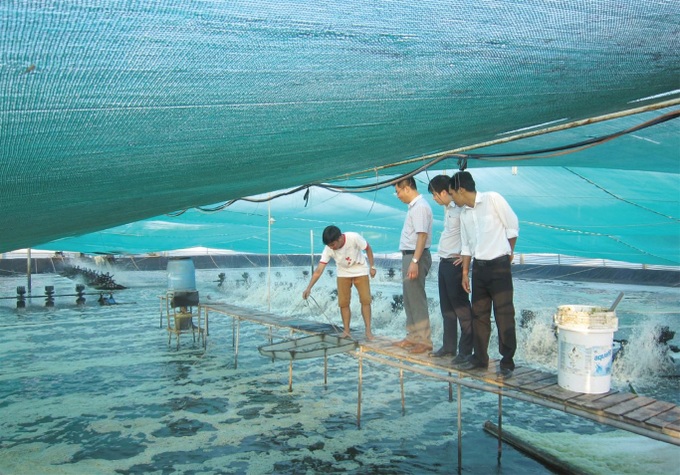
Current fishery resources have declined by about 20% compared to 20 years ago due to over-exploitation.
“One of the reasons for the decline in aquatic resources is the imbalance between exploitation and the recovery capacity of the resources. Vietnam's offshore marine resources are very rich, while our fleet has weak capacity, mainly exploiting coastal and offshore areas, and exploiting more than the permitted level,” said Mr. Vu Duyen Hai.
Mr. Vu Duyen Hai said that, implementing the Planning for protection and exploitation of aquatic resources for the period 2021 - 2030, with a vision to 2050, up to now, 28 coastal provinces and cities have seriously implemented the policy of temporarily stopping the issuance of approval documents for the construction, conversion, leasing, and purchase of fishing vessels for fishing vessels engaged in prohibited occupations or occupations with limited development according to the provisions of law.
In particular, no additional fishing activities that have a major impact on aquatic resources are included, in line with the development orientation of the fishing industry.
Typically, trawls and gillnets are occupations that harm resources and ecosystems. Localities have identified and developed specific criteria to limit development, especially trawling.
Therefore, coastal provinces and cities have effectively implemented the reduction of trawl fishing vessels with a maximum length of 15m or more, and fishing vessels with a lifespan of 15 years or more...
Identifying occupations with limited development and reducing the number of fishing vessels using trawl and gillnet fishing has contributed to adjusting and transforming the structure of seafood exploitation towards gradually reducing seafood exploitation occupations that have a great impact on aquatic resources, the environment and the ecosystem.
Localities have reduced the number of trawlers from about 20% (in 2020) to about 17% (in 2024) and continue to reduce gradually in the period 2026 - 2030.
As a result, the number of fishing vessels nationwide has decreased by an average of 0.6% per year. During this period, 12/28 coastal localities have seen a gradual decrease in the number of fishing vessels, such as: Quang Binh , Da Nang, Phu Yen, Quang Tri, Ca Mau, etc.
However, Mr. Vu Duyen Hai also said that the policy of reducing exploitation (reducing fishing vessels) has not been seriously and effectively implemented in localities.
The implementation of the Project on job conversion and reduction of fishing vessels in localities has not received due attention, the number of fishing vessels converted to jobs is still very low.
Converting from exploitation to farming
Mr. Vu Duc Can in Vung Tau City, Ba Ria - Vung Tau Province has left the sea to switch to aquaculture at sea for more than 10 years. From a few initial cages, he has now developed 40 cages on a total area of about 2,000m2 of sea surface in the raft village area of Cha Va bridge, Long Son commune, Vung Tau City.
The main fish species that Mr. Can is raising are grouper, cobia and pompano. The total output of the whole cage area is about 30 tons/year. After deducting costs (feed, fuel, labor...), Mr. Can still makes a profit of about 300 - 400 million VND/year.
Like Mr. Can, since 2021, Mr. Nguyen Quy Trong Binh in Vung Tau City has switched to a model of raising oysters and marine fish on the Cha Va River (Long Son Commune) with an area of 1 hectare. By the end of 2022, Mr. Binh had developed into the Nhu Y Long Son Cooperative (HTX) with 7 members.
The cooperative has expanded its farming area to 5 hectares, with an output of about 900 tons/year, and developed a model of marine farming combined with eco-tourism. The cooperative has also expanded its links with 18 other cage farming households to purchase seafood for the people.
Ba Ria - Vung Tau is one of the five major fishing centers in the country, with a large number of fishing vessels. As of September, the whole province had 4,345 fishing vessels.
Of which, trawling accounts for the highest proportion, accounting for 30.6% of the total number of vessels; gillnetting accounts for 26%; fishing for 13.6%; purse seine, cage traps and fisheries logistics each account for about 5%, and casting accounts for 2%...
Implementing regulations on fisheries management and sustainable fisheries development, the province has recently gradually reduced and converted fishing vessels operating inshore and fisheries that destroy aquatic resources in the province to reduce exploitation intensity.
Since 2017, the province has reduced more than 1,900 fishing boats, now there are 4,345 boats (down more than 30%), of which 60% operate offshore.
As the locality with the largest fleet in the country, changing occupations for fishermen is a great pressure for Kien Giang.
With the goal of reducing 2,550 fishing vessels that are operating illegally or harming resources by 2025, Kien Giang province has supported fishermen to convert to suitable occupations such as: aquaculture at sea, and logistics services for fishing.
At the same time, build mechanisms and policies to support career conversion and provide loans for fishermen to switch from fishing to other professions that are friendly to resources and the ecological environment.
According to the report of the Department of Fisheries, after more than 3 years of implementing the Fisheries Development Strategy and nearly 2 years of implementing the Occupation Conversion Project, authorities at all levels and economic sectors have developed and issued plans to implement the strategy and occupational conversion project.
And implementing a number of livelihood transformation models in coastal fishing communities towards reducing exploitation, increasing aquaculture and promoting marine conservation, protecting and developing aquatic resources has achieved positive results.
Some career conversion models have been effective, attracting the attention of the fishing community and other socio-economic components in localities such as Quang Ninh, Quang Binh, Ha Tinh, Quang Nam, Binh Dinh...
Regarding marine aquaculture, up to now it has initially attracted the attention of domestic and foreign businesses and investors participating in the industry chain.
Many new and modern technologies are applied in marine farming such as: closed-circulation farming technology, environmental control; industrial cage farming technology...
Chau Anh
Labor and Social Affairs Newspaper No. 156
Source: https://dansinh.dantri.com.vn/xoa-doi-giam-ngheo/sinh-ke-moi-cho-ngu-dan-bai-toan-ho-tro-chuyen-doi-nghe-20241228133058996.htm





![[Photo] Prime Minister Pham Minh Chinh chairs a meeting of the Government Standing Committee to remove obstacles for projects.](https://vphoto.vietnam.vn/thumb/1200x675/vietnam/resource/IMAGE/2025/10/06/1759768638313_dsc-9023-jpg.webp)
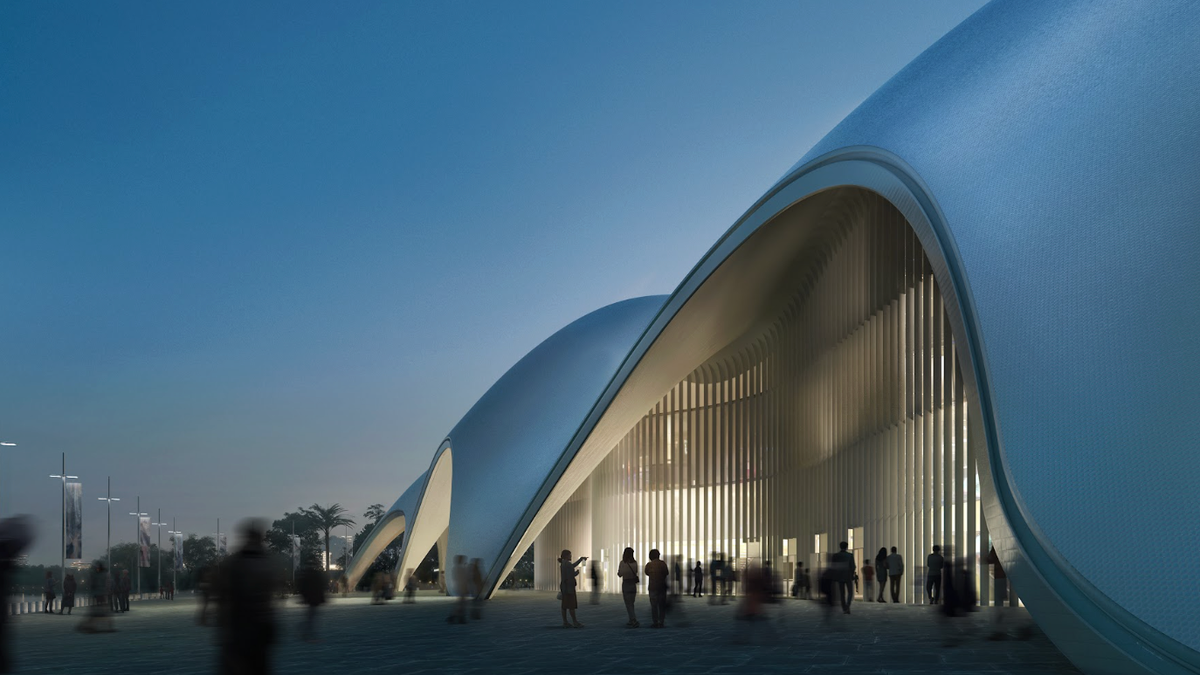
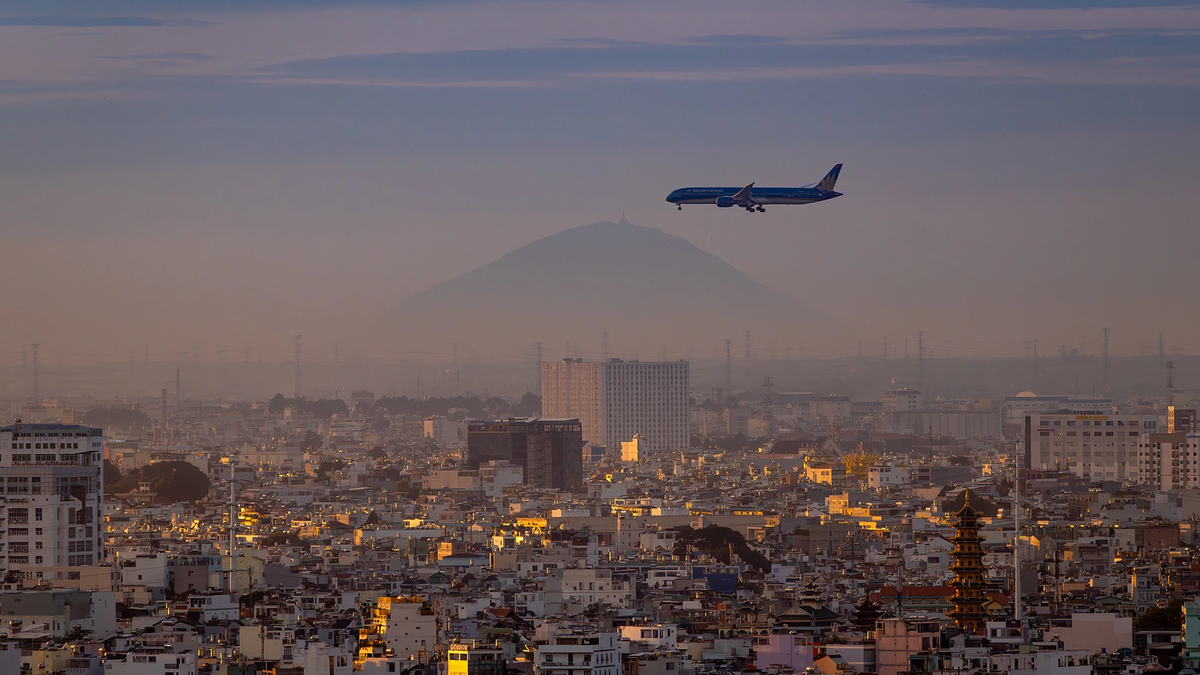
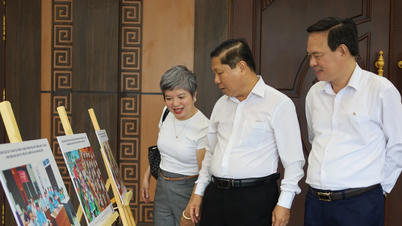

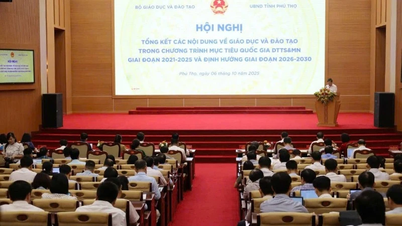

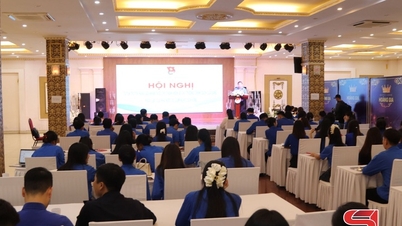



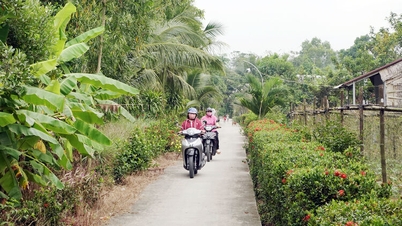

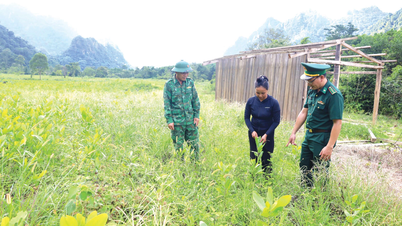

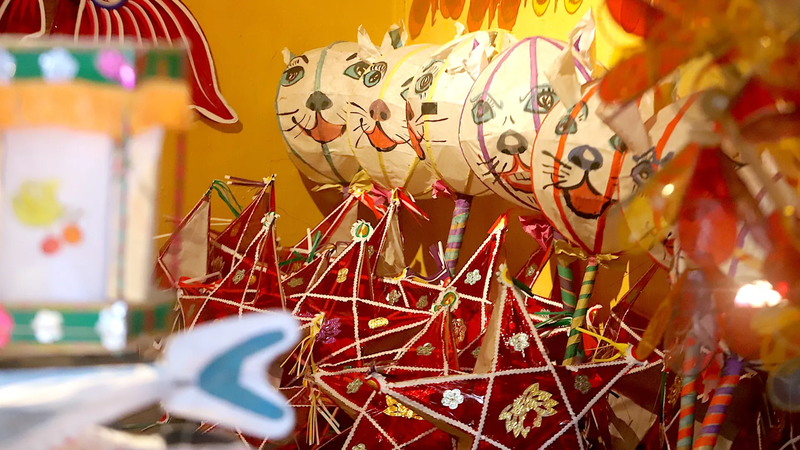
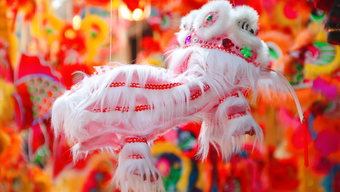



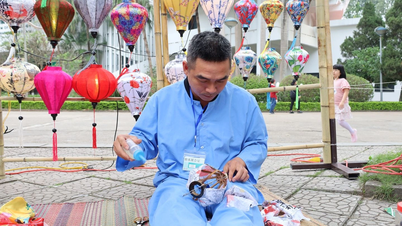
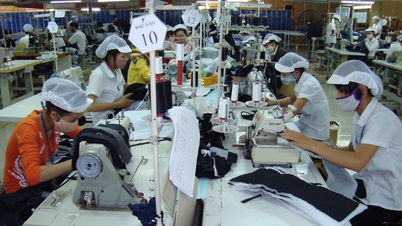

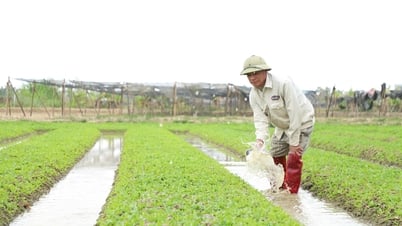
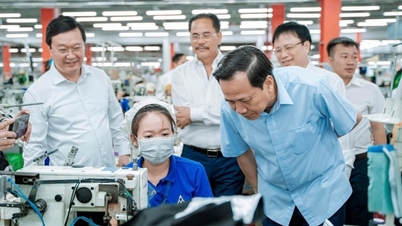
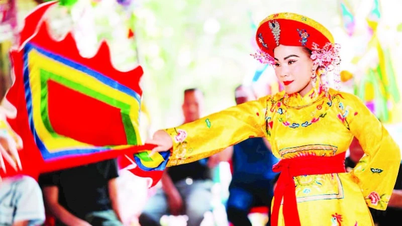
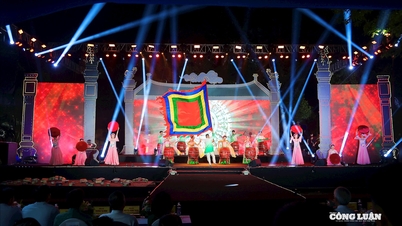

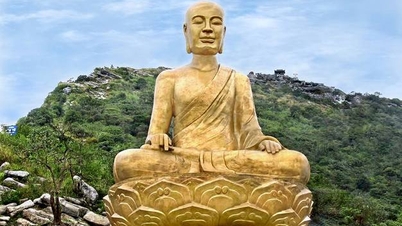
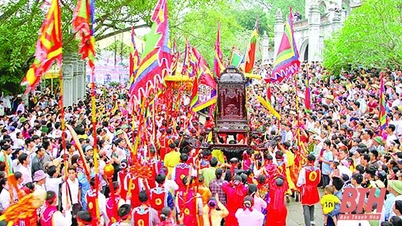

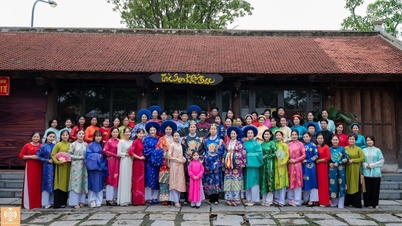

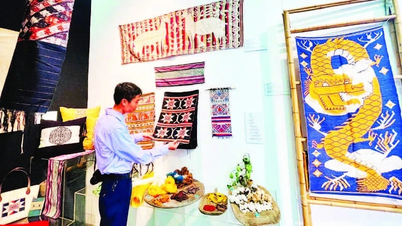
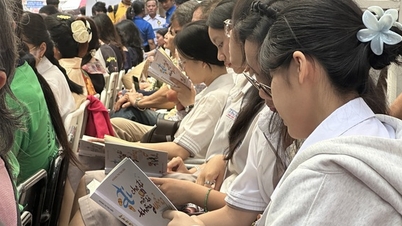

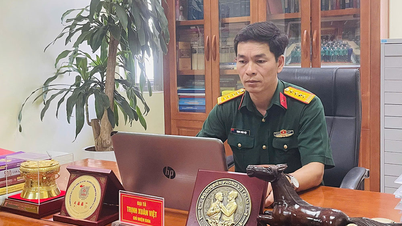







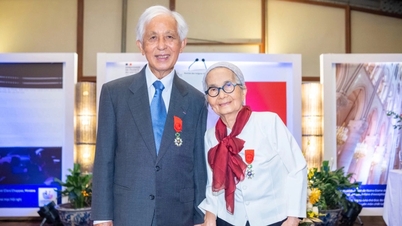
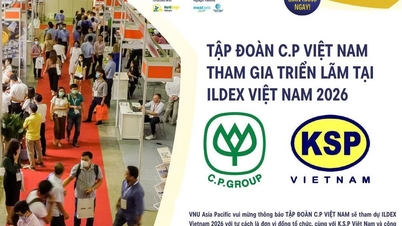

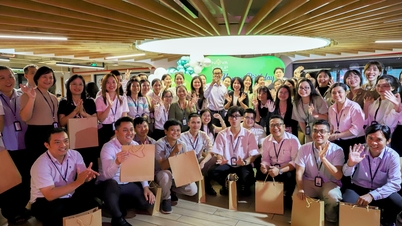

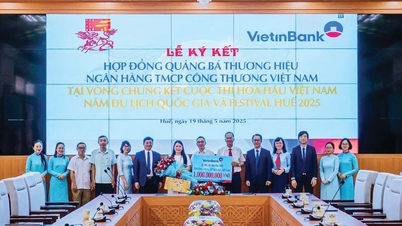
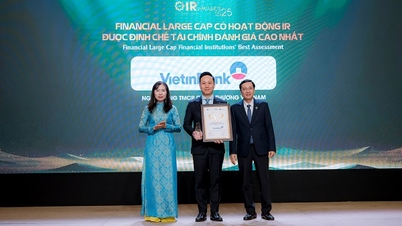

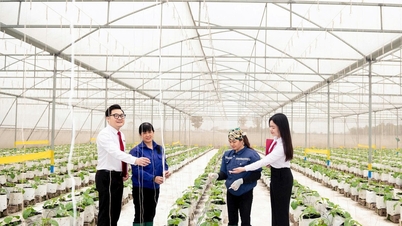

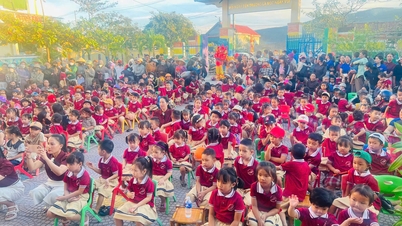

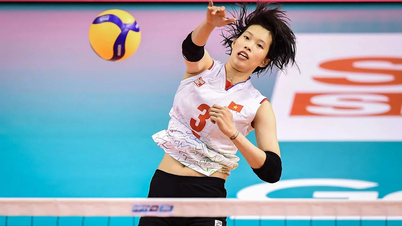

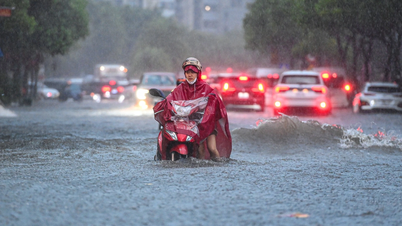




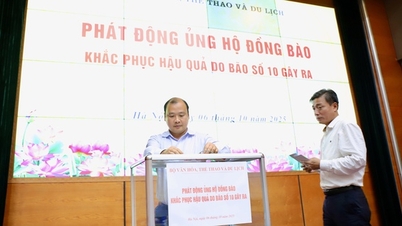


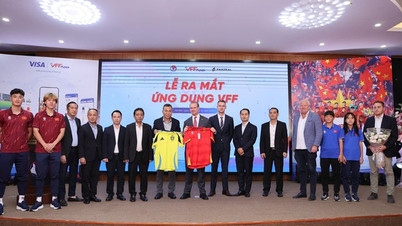
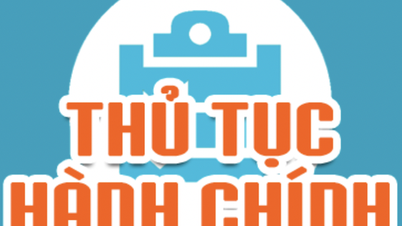
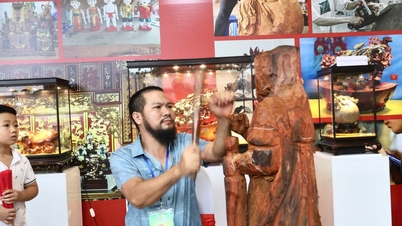

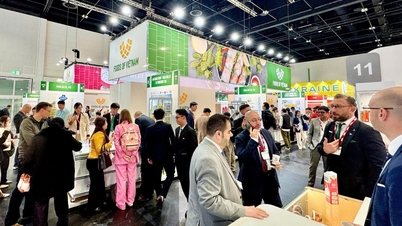












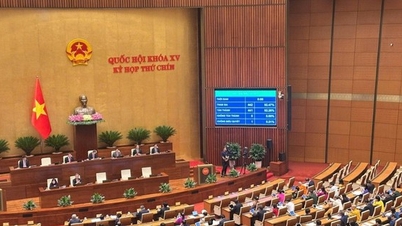









Comment (0)